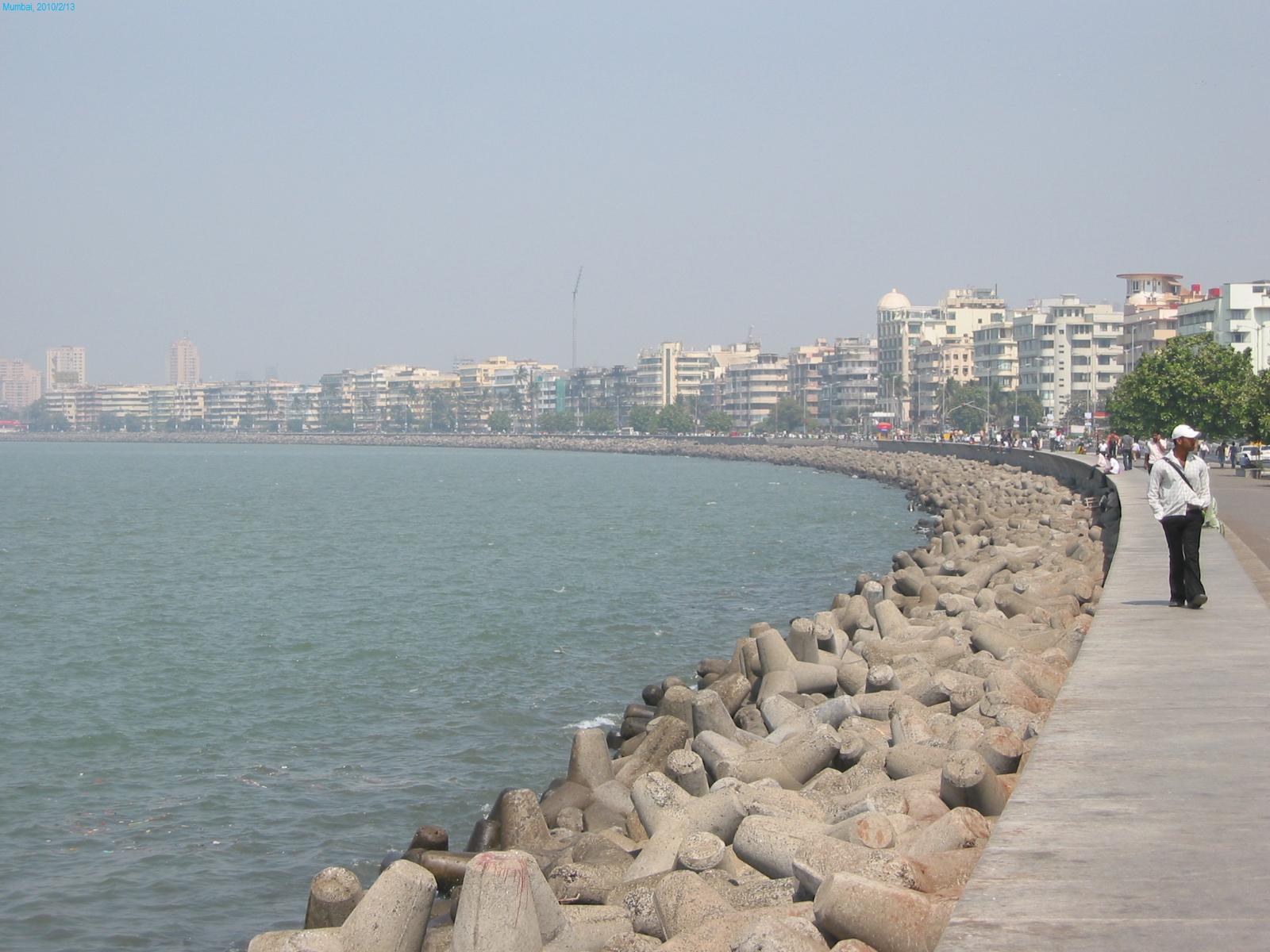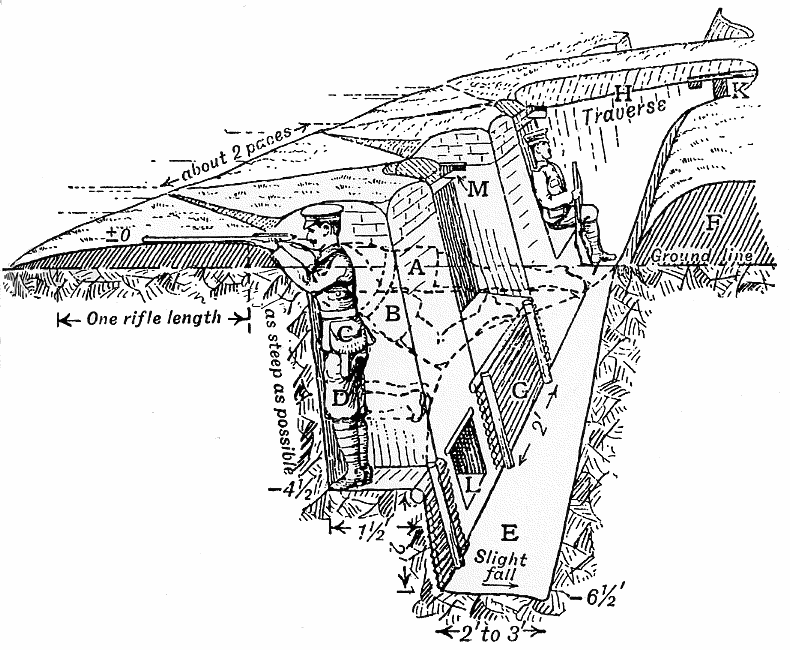Revetment on:
[Wikipedia]
[Google]
[Amazon]
 A revetment in stream restoration,
A revetment in stream restoration,
File:Rock armour revetment Hampton-on-Sea.JPG, Rock armour revetments
File:Liliw,Lagunajf5551 01.JPG, Revetment along Oples River (Liliw, Laguna)

 Revetments are used as a low-cost solution for coastal erosion defense in areas where crashing waves may otherwise deplete the coastline.
Wooden revetments are made of planks laid against wooden frames so that they disrupt the force of the water. Although once popular, the use of wooden revetments has largely been replaced by modern concrete-based defense structures such as Tetrapod (structure), tetrapods. In the 1730s, wooden revetments protecting dikes in the Netherlands were phased out due to the spread of shipworm infestations.
Dynamic revetment, Dynamic revetments use gravel or cobble-sized rocks to mimic a natural Storm beach, cobble beach for the purpose of reducing wave energy and stopping or slowing coastal erosion.
Unlike solid structures, dynamic revetments are designed to allow wave action to rearrange the stones into an equilibrium profile, disrupting wave action and dissipating wave energy as the cobbles move. This can reduce the wave reflection which often contributes to Hydrodynamic scour, beach scouring.
Revetments are used as a low-cost solution for coastal erosion defense in areas where crashing waves may otherwise deplete the coastline.
Wooden revetments are made of planks laid against wooden frames so that they disrupt the force of the water. Although once popular, the use of wooden revetments has largely been replaced by modern concrete-based defense structures such as Tetrapod (structure), tetrapods. In the 1730s, wooden revetments protecting dikes in the Netherlands were phased out due to the spread of shipworm infestations.
Dynamic revetment, Dynamic revetments use gravel or cobble-sized rocks to mimic a natural Storm beach, cobble beach for the purpose of reducing wave energy and stopping or slowing coastal erosion.
Unlike solid structures, dynamic revetments are designed to allow wave action to rearrange the stones into an equilibrium profile, disrupting wave action and dissipating wave energy as the cobbles move. This can reduce the wave reflection which often contributes to Hydrodynamic scour, beach scouring.
 In coastal engineering, a tetrapod is a four-legged concrete structure used as armour unit on Breakwater (structure), breakwaters. The tetrapod's shape is designed to dissipate the force of incoming waves by allowing water to flow around rather than against it, and to reduce displacement by allowing a random distribution of tetrapods to mutually interlock.
In coastal engineering, a tetrapod is a four-legged concrete structure used as armour unit on Breakwater (structure), breakwaters. The tetrapod's shape is designed to dissipate the force of incoming waves by allowing water to flow around rather than against it, and to reduce displacement by allowing a random distribution of tetrapods to mutually interlock.
 According to the U.S. National Park Service, and referring mostly to their employment in the American Civil War, a revetment is defined as a "retaining wall constructed to support the interior slope of a parapet. Made of logs, wood planks, fence rails, fascines, gabions, hurdles, sods, or stones, the revetment provided additional protection from enemy fire, and, most importantly, kept the interior slope nearly vertical. Stone revetments commonly survive. A few log revetments have been preserved due to high resin pine or cypress and porous sandy soils. After an Fortification, entrenchment was abandoned, many log or rail revetments were scavenged for other uses, causing the interior slope to slump more quickly. An interior slope will appear more vertical if the parapet eroded with the revetment still in place."
According to the U.S. National Park Service, and referring mostly to their employment in the American Civil War, a revetment is defined as a "retaining wall constructed to support the interior slope of a parapet. Made of logs, wood planks, fence rails, fascines, gabions, hurdles, sods, or stones, the revetment provided additional protection from enemy fire, and, most importantly, kept the interior slope nearly vertical. Stone revetments commonly survive. A few log revetments have been preserved due to high resin pine or cypress and porous sandy soils. After an Fortification, entrenchment was abandoned, many log or rail revetments were scavenged for other uses, causing the interior slope to slump more quickly. An interior slope will appear more vertical if the parapet eroded with the revetment still in place."
Pisa Revetment
US DOT - Design of Riprap Revetment
{{Rivers, streams and springs Architectural elements Coastal construction Coastal engineering Riparian zone Environmental engineering Ecological restoration Limnology Fortification (architectural elements) Rivers Marine revetments,
 A revetment in stream restoration,
A revetment in stream restoration, river engineering
River engineering is a discipline of civil engineering which studies human intervention in the course, characteristics, or flow of a river with the intention of producing some defined benefit. People have intervened in the natural course and b ...
or coastal engineering
Coastal engineering is a branch of civil engineering concerned with the specific demands posed by constructing at or near the coast, as well as the development of the coast itself.
The hydrodynamic impact of especially waves, tides, storm surges ...
is a facing of impact-resistant material (such as stone, concrete, sandbags, or wooden piles) applied to a bank or wall in order to absorb the energy of incoming water
Water (chemical formula ) is an inorganic, transparent, tasteless, odorless, and nearly colorless chemical substance, which is the main constituent of Earth's hydrosphere and the fluids of all known living organisms (in which it acts as a ...
and protect it from erosion. River or coastal revetments are usually built to preserve the existing uses of the shoreline and to protect the slope.
In military engineering it is a sloped structure formed to secure an area from artillery, bombing, or stored explosives.
Freshwater revetments
Many revetments are used to line the banks of freshwater rivers, lakes, and man-made reservoirs, especially to prevent damage during periods of floods or heavy seasonal rains (see riprap). Many materials may be used: wooden piles, loose-piled boulders or concrete shapes, or more solid banks. Concrete revetments are the most common type of infrastructure used to control the Mississippi River. More than of concrete matting has been placed in river bends between Cairo, Illinois and the Gulf of Mexico to slow the natural erosion that would otherwise frequently change small parts of the river's course.Revetments as coastal defence

 Revetments are used as a low-cost solution for coastal erosion defense in areas where crashing waves may otherwise deplete the coastline.
Wooden revetments are made of planks laid against wooden frames so that they disrupt the force of the water. Although once popular, the use of wooden revetments has largely been replaced by modern concrete-based defense structures such as Tetrapod (structure), tetrapods. In the 1730s, wooden revetments protecting dikes in the Netherlands were phased out due to the spread of shipworm infestations.
Dynamic revetment, Dynamic revetments use gravel or cobble-sized rocks to mimic a natural Storm beach, cobble beach for the purpose of reducing wave energy and stopping or slowing coastal erosion.
Unlike solid structures, dynamic revetments are designed to allow wave action to rearrange the stones into an equilibrium profile, disrupting wave action and dissipating wave energy as the cobbles move. This can reduce the wave reflection which often contributes to Hydrodynamic scour, beach scouring.
Revetments are used as a low-cost solution for coastal erosion defense in areas where crashing waves may otherwise deplete the coastline.
Wooden revetments are made of planks laid against wooden frames so that they disrupt the force of the water. Although once popular, the use of wooden revetments has largely been replaced by modern concrete-based defense structures such as Tetrapod (structure), tetrapods. In the 1730s, wooden revetments protecting dikes in the Netherlands were phased out due to the spread of shipworm infestations.
Dynamic revetment, Dynamic revetments use gravel or cobble-sized rocks to mimic a natural Storm beach, cobble beach for the purpose of reducing wave energy and stopping or slowing coastal erosion.
Unlike solid structures, dynamic revetments are designed to allow wave action to rearrange the stones into an equilibrium profile, disrupting wave action and dissipating wave energy as the cobbles move. This can reduce the wave reflection which often contributes to Hydrodynamic scour, beach scouring.
Tetrapods
Fortifications
 According to the U.S. National Park Service, and referring mostly to their employment in the American Civil War, a revetment is defined as a "retaining wall constructed to support the interior slope of a parapet. Made of logs, wood planks, fence rails, fascines, gabions, hurdles, sods, or stones, the revetment provided additional protection from enemy fire, and, most importantly, kept the interior slope nearly vertical. Stone revetments commonly survive. A few log revetments have been preserved due to high resin pine or cypress and porous sandy soils. After an Fortification, entrenchment was abandoned, many log or rail revetments were scavenged for other uses, causing the interior slope to slump more quickly. An interior slope will appear more vertical if the parapet eroded with the revetment still in place."
According to the U.S. National Park Service, and referring mostly to their employment in the American Civil War, a revetment is defined as a "retaining wall constructed to support the interior slope of a parapet. Made of logs, wood planks, fence rails, fascines, gabions, hurdles, sods, or stones, the revetment provided additional protection from enemy fire, and, most importantly, kept the interior slope nearly vertical. Stone revetments commonly survive. A few log revetments have been preserved due to high resin pine or cypress and porous sandy soils. After an Fortification, entrenchment was abandoned, many log or rail revetments were scavenged for other uses, causing the interior slope to slump more quickly. An interior slope will appear more vertical if the parapet eroded with the revetment still in place."
See also
* * * * *References
External links
Fortifications
Pisa Revetment
River and levee management
{{Rivers, streams and springs Architectural elements Coastal construction Coastal engineering Riparian zone Environmental engineering Ecological restoration Limnology Fortification (architectural elements) Rivers Marine revetments,